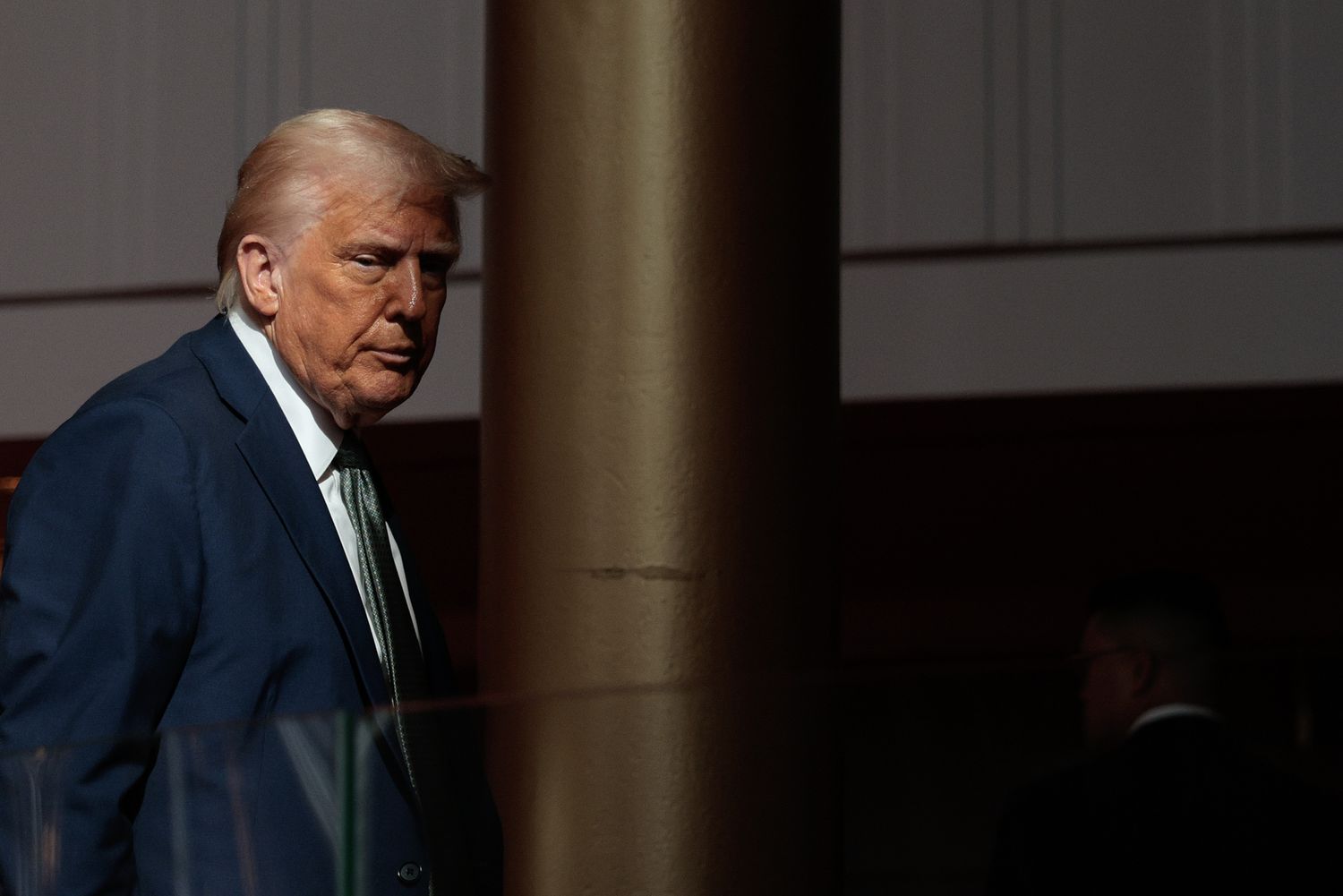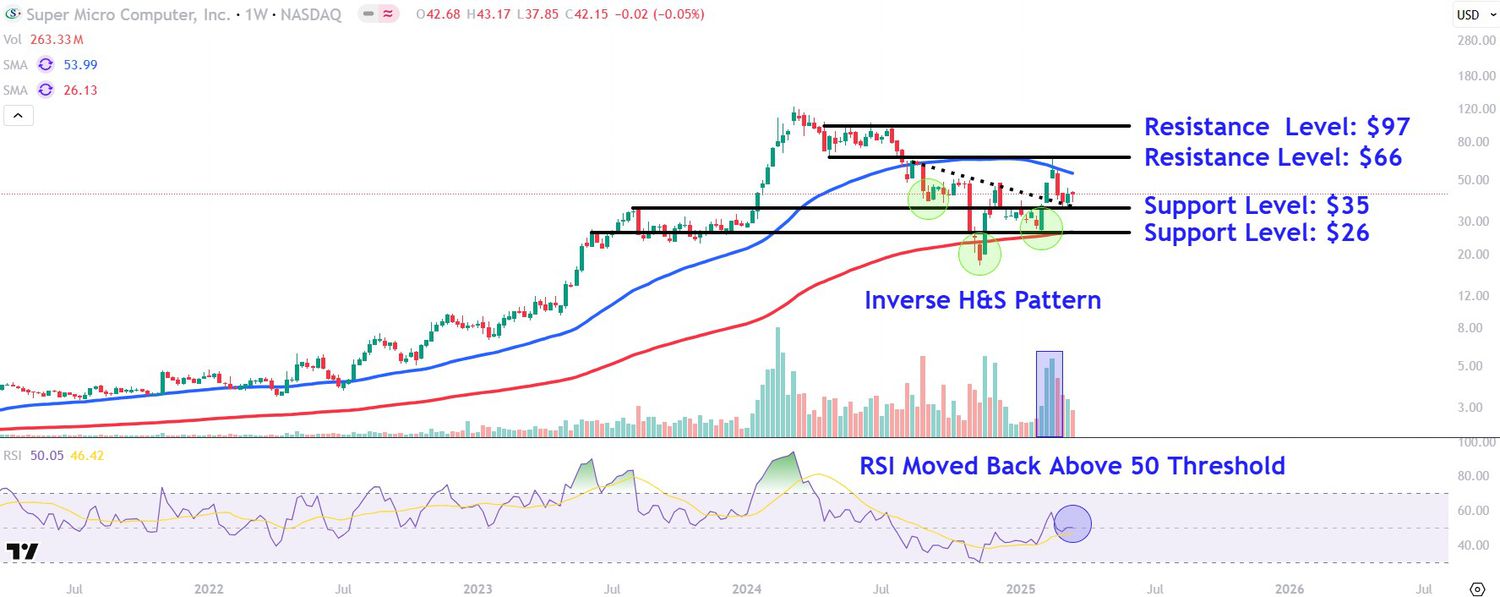Fed Officials Warn of the Challenge Trump Tariff ‘Uncertainty’ Poses


Key Takeaways
- Two members of the Federal Reserve’s policy committee said the central bank was still in “wait and see” mode amid uncertainty about trade policy.
- President Donald Trump’s tariffs, if and when they are imposed, could push up inflation and slow the economy, requiring a response from the Fed.
- The officials’ comments illuminated the reasoning behind the Fed’s decision Wednesday to keep its key interest rate unchanged.
Fed officials on Friday shed light on how the central bank is navigating the uncertainty about what President Donald Trump will do next when it comes to tariffs, and how the import taxes could affect inflation and unemployment.
Austan Goolsbee, president of the Federal Reserve Bank of Chicago, and John Williams, president of the Federal Reserve Bank of New York, both said “uncertainty” was the main reason the central bank opted to keep its influential fed funds rate unchanged Wednesday. Their comments, made in separate public appearances, added detail to statements by Fed officials Wednesday explaining the interest rate decision. Both men are members of the Federal Open Market Committee, the fed’s policy-making body.
“When there’s uncertainty, you’ve got to wait for the dust to just get out of the air,” Goolsbee said on CNBC. “It’s hard to see what we’re doing, because the dust has got to clear.”
Williams pointed to some signs that the economy is performing well, including inflation having fallen closer to the Fed’s goal of a 2% annual rate and a job market that has stayed solid.
“That’s where things stand now, but the future is highly uncertain,” he said in remarks prepared ahead of an appearance at a conference in the Bahamas. “And my business and financial market contacts highlight the role of greater uncertainty, especially around trade policy, in making it more difficult to plan investments and hiring.”
The comments illustrated the Fed’s challenge as the April 2 deadline Trump has set to impose a wide range of new tariffs approaches. The central bank aims to keep inflation low and employment high, and tariffs could inflict setbacks on both of those goals, depending on how high the import taxes end up being, how widely they’re applied, and how long they are in place. The Fed generally raises interest rates to slow the economy to combat inflation and lowers them to boost the economy and fight unemployment, so all those issues together could leave the Fed to choose between painful options.
Before the tariff turmoil, the Fed had been lowering its benchmark fed funds rate from a two-decade high, and the operative buzzword was “soft landing” rather than “uncertainty.” Inflation has fallen significantly from its post-pandemic surge, while the job market has avoided a surge in unemployment, a rare example in history of a bout of inflation subsiding without a recession and mass layoffs.
The source of all the “uncertainty” is Trump’s recent tendency to announce tariffs, set deadlines, only to call them off or alter them, leaving consumers and business leaders guessing what he will do next. That uncertainty has roiled financial markets in recent weeks.
However, at least one independent economist doubts “uncertainty” is the real problem. After Trump’s election, many forecasters assumed Trump’s tariff threats were negotiating tactics, but Trump’s actions have thrown cold water on that assumption.
“The problem isn’t really ‘uncertainty’ about tariffs,” Robert Fry, an independent economist and forecaster, wrote in a note to clients, arguing that broadly applied tariffs could push up the cost of living and slow the economy. “It’s the growing likelihood that President Trump intends to keep tariffs in effect long-term, to raise revenue and to shift manufacturing back to the United States, rather than using them as leverage to get other countries to reduce their trade barriers.”

















